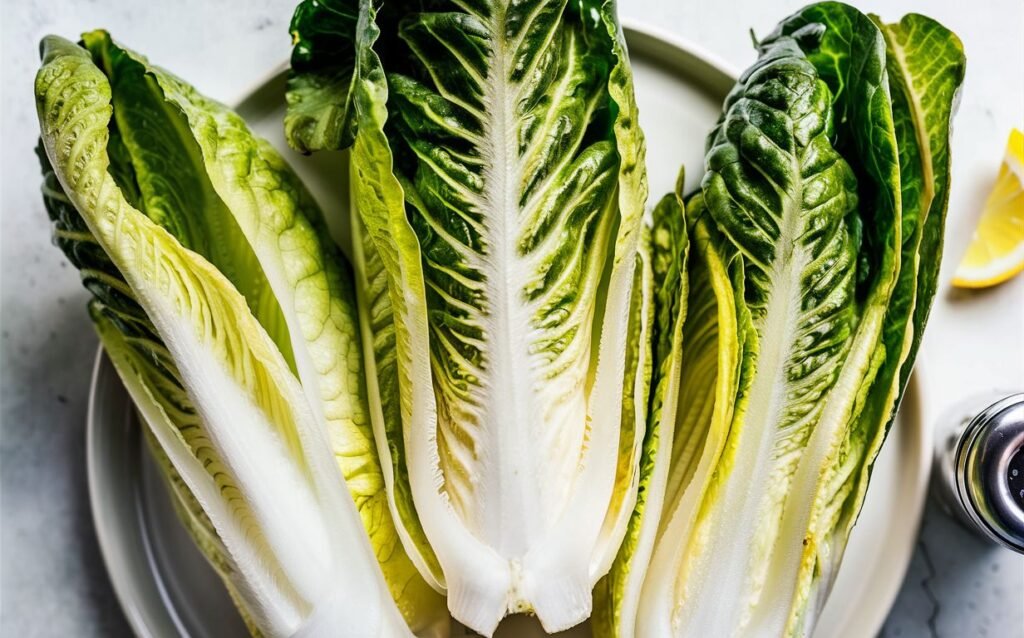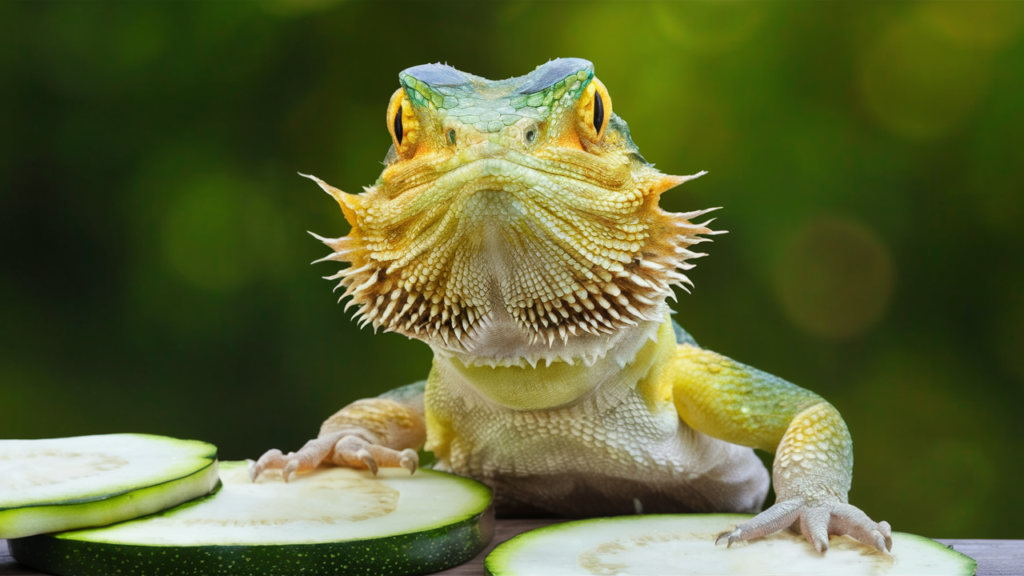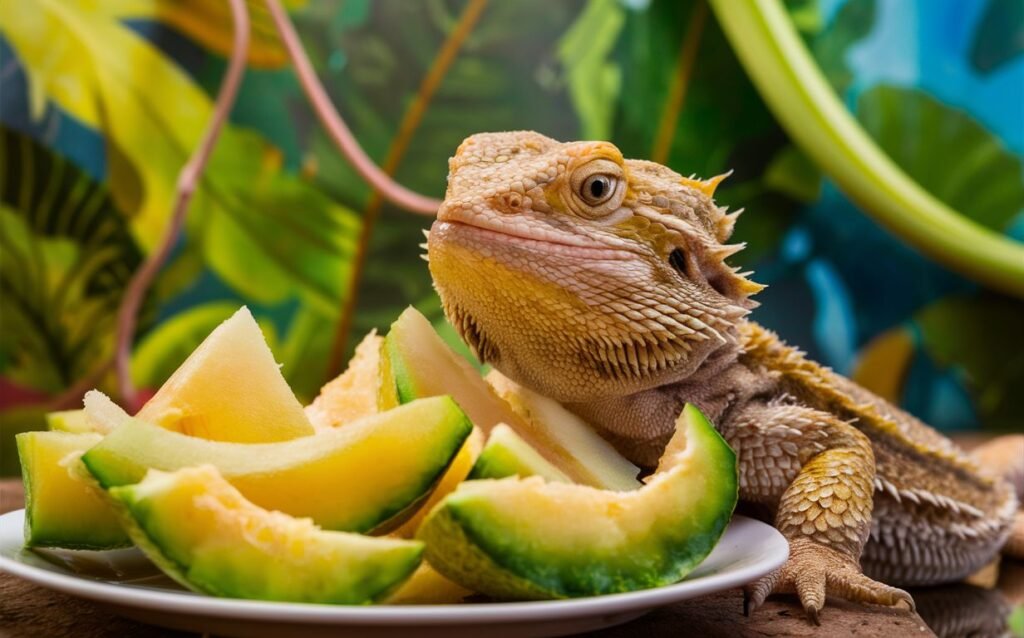Romaine lettuce, a crisp and refreshing salad green, often graces human tables and has become a popular food item for bearded dragons as well. However, while bearded dragons can consume romaine lettuce, it’s crucial to understand its nutritional value, potential risks, and appropriate feeding guidelines to ensure their optimal health and well-being.
Nutritional Value of Romaine Lettuce for Bearded Dragons
Romaine lettuce offers some nutritional benefits for bearded dragons:
- Fiber: Romaine lettuce contains moderate amounts of dietary fiber, which is essential for maintaining a healthy digestive system and promoting gut flora balance in bearded dragons. Fiber helps bearded dragons break down food efficiently and prevents constipation.
- Vitamins A and C: Romaine lettuce contains small amounts of vitamins A and C, essential nutrients that support bearded dragons’ immune function, vision, and overall health. Vitamin A is crucial for maintaining healthy skin, the same for both humans and, in this case, your bearded dragons and mucous membranes, while vitamin C acts as an antioxidant, protecting cells from damage.
Potential Risks of Romaine Lettuce for Bearded Dragons
Despite its nutritional value, romaine lettuce also presents some potential risks when fed to bearded dragons:

- Low Calcium and Phosphorus Content: Romaine lettuce has a relatively low calcium content compared to other leafy greens, such as collard greens and kale. Calcium is essential for bone health and development, while phosphorus helps regulate calcium levels in the body. An imbalance between calcium and phosphorus can lead to metabolic bone disease.
- High Water Content: Romaine lettuce is composed of about 95% water, which can contribute to digestive issues in bearded dragons if consumed excessively. Excess water intake can dilute stomach acids, making it difficult for bearded dragons to digest food properly.
- Low Nutrient Density: Romaine lettuce has a lower nutrient density compared to other leafy greens, meaning it provides fewer essential nutrients per calorie. This means bearded dragons would need to consume more romaine lettuce to meet their nutritional requirements, potentially leading to digestive issues due to its high water content.
Recommended Serving Size and Frequency
To minimize the risks associated with romaine lettuce, moderation is key. A small piece or two of romaine lettuce per day is sufficient for most bearded dragons. However, it’s important to supplement romaine lettuce with higher-calcium greens like collard greens and kale to maintain a healthy calcium-to-phosphorus ratio and ensure adequate nutrient intake.
Safe and Healthy Alternatives to Romaine Lettuce
A variety of safe and nutritious leafy greens are available for bearded dragons, offering a more balanced calcium-to-phosphorus ratio and higher fiber content:
- Collard Greens: Collard greens are an excellent source of calcium, essential for bone health. They also contain fiber, vitamins A, C, and K, providing a well-rounded nutritional profile for bearded dragons.
- Kale: Kale is another calcium-rich leafy green, providing nutritional support for bearded dragons. It’s also a good source of fiber, vitamins A, C, and K.
- Spinach: Spinach is a good source of vitamins A and C, contributing to immune function, vision, and overall health. It also contains iron, which is essential for transporting oxygen throughout the body.
Conclusion – Can Bearded Dragons Eat Romane Lettuce?
While romaine lettuce can be part of a bearded dragon’s diet, it’s essential to consider its nutritional limitations and potential risks. Romaine lettuce can be offered as an occasional treat or as a small part of a balanced diet that includes higher-calcium greens like collard greens and kale. Following these guidelines ensures your bearded dragon receives the essential nutrients they need to thrive.
Additional Tips for Feeding Romaine Lettuce to Bearded Dragons
- Choose fresh, crisp romaine lettuce: Avoid feeding wilted or brown romaine lettuce, as it may contain harmful bacteria.
- Wash the romaine lettuce thoroughly: Rinse the romaine lettuce under running water to remove any dirt or pesticides.
- Remove any tough stems: Cut off the tough stems of the romaine lettuce before offering it to your bearded dragon.
- Serve the romaine lettuce at room temperature: Bearded dragons prefer to eat their food at room temperature.
- Monitor your bearded dragon’s reaction: If your bearded dragon shows any signs of discomfort or illness after eating romaine lettuce, such as vomiting, diarrhea, or lethargy, stop feeding them romaine lettuce and consult with your veterinarian.








